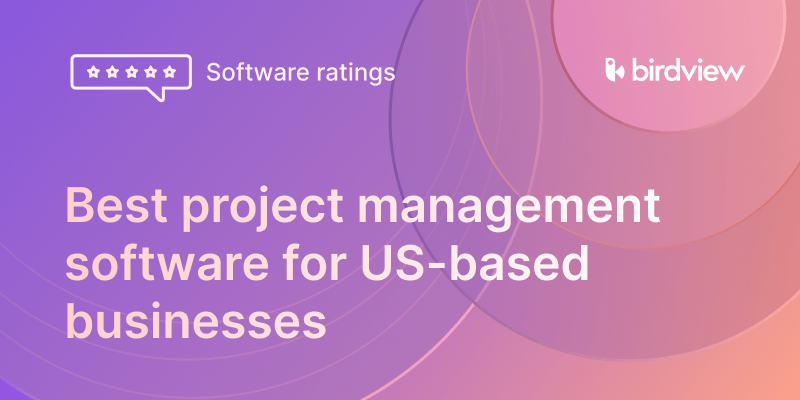A few weeks ago our support team received an interesting question from a client. She asked:
“If a project was finished, but new things came up, should I just reopen the project and add a new activity or create a new project, instead?”
That‘s a tricky one and, as you probably suspect, the answer is: “It depends.”
Let‘s review some of the common scenarios and possible solutions.
One-time task
In fact, this is a very common case. You completed your project, your customers and stakeholders are happy and the pictures from the celebration party are all over Facebook (now you wish that Mark Zuckerberg never existed.)
All of a sudden you receive an email about one tiny, little, small thing that absolutely needs to be added to that project.
If you indeed believe that it‘s going to be a one-off activity, then the best practice, in this case, would be to re-open the project and add a new task there. This way you can save a lot of time, because all your project structure, team assignments, description, etc. is already there. So the new task is kept in the context of the project.
New scope
What if that tiny, little, small thing will require at least a few months of your team‘s uninterrupted attention?
What do you do (other than murmuring curses under your breath)?
Under such circumstances, in most cases, it‘s better to create a new project dealing with the new scope. This way it will be easier for you to deal with scheduling and resource allocation aspects.
Another benefit is team morale. Psychologically it‘s very hard on people if the project never ends – there is no sense of accomplishment.
Maintenance
Another common scenario is ongoing maintenance. It can support a freshly built website, IT services for servers, community management for a marketing initiative, etc.
Our recommendation is to create a separate project called “Maintenance for...” and keep all support activities there. According to PMI, it won‘t be a project, since it doesn‘t have a defined end date and scope, but you know better than that. Of course, it‘s a project. You just won‘t be recognized for doing a darn good job managing it.
Another possible approach is to create a general “Maintenance” placeholder project for all initiatives. It can be useful for in-house projects, where maintenance tasks are rare and you don‘t need to worry about billing the clients.
How do you deal with ongoing projects and extra scope? Please share your best practices with us.
This post is a part of our ongoing Project Management 101 series.
Image credit, Photographer: Ivan Knyazev. Model: Fenix. icons8.com



